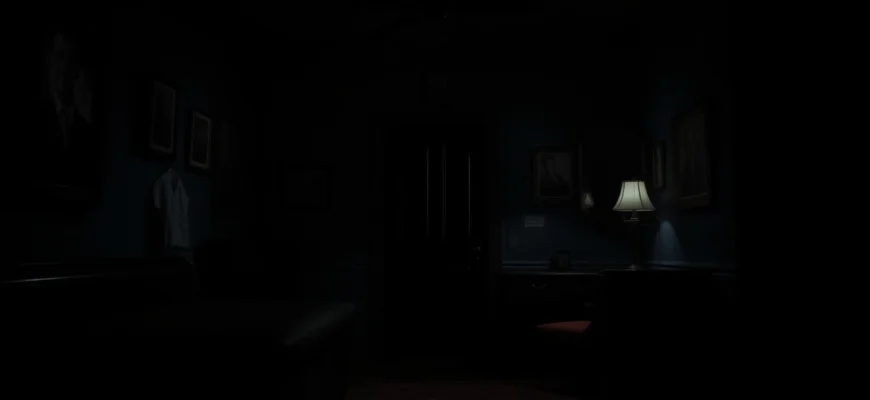If you're a fan of Alfred Hitchcock's gripping thriller 'Frenzy' (1972), you're likely drawn to its dark suspense, psychological depth, and masterful storytelling. This article is your guide to 10 similar movies and shows that capture the same chilling atmosphere, intricate plots, and unforgettable tension. Whether you're looking for more Hitchcockian suspense or modern thrillers that pay homage to his style, this list has something to keep you on the edge of your seat.
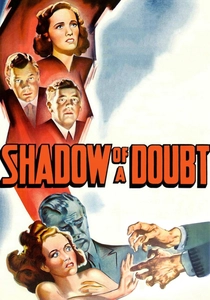
Shadow of a Doubt (1943)
Description: Shares with Frenzy (1972) the theme of a charming serial killer hiding in plain sight within a community. Both films explore the dark underbelly of seemingly normal environments and relationships.
Fact: Hitchcock often cited this as his personal favorite of his films. The original script was based on a real-life serial killer case. Joseph Cotten's character was one of cinema's first charming psychopaths, influencing many future portrayals.
 Watch Now
Watch Now 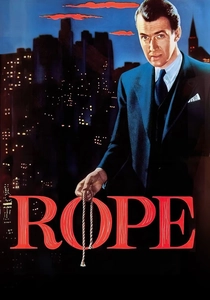
Rope (1948)
Description: Shares with Frenzy (1972) the theme of murder as an intellectual exercise and the psychological aftermath of violent acts. Both films explore the arrogance of criminals who believe they can outsmart society.
Fact: Rope was Hitchcock's first color film. The film appears to be shot in one continuous take, though it's actually composed of 10-minute segments (the maximum length of film reels at the time). The story was inspired by the real-life Leopold and Loeb murder case.
 Watch Now
Watch Now 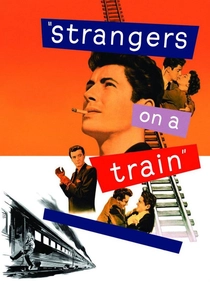
Strangers on a Train (1951)
Description: Similar to Frenzy (1972) in its exploration of the psychology of murder and the concept of the 'perfect crime.' Both films feature intense psychological manipulation and unexpected violence.
Fact: The famous merry-go-round scene was actually dangerous to film, with the crew having to slow it down manually. Robert Walker's performance as Bruno is considered one of cinema's great villain portrayals. Hitchcock wanted to cast William Holden but settled on Farley Granger due to contractual issues.
 Watch Now
Watch Now 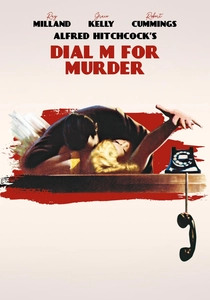
Dial M for Murder (1954)
Description: Like Frenzy (1972), this film revolves around a meticulously planned murder that doesn't go as intended. Both explore themes of deception, criminal planning, and the unexpected consequences of violent acts.
Fact: Originally shot in 3D, though most audiences saw it in 2D. Grace Kelly's character was originally written as American but was changed to British to match the London setting. The film was adapted from a successful stage play, with Hitchcock making minimal changes to the script.
 Watch Now
Watch Now 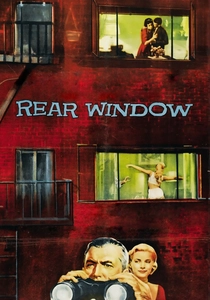
Rear Window (1954)
Description: Like Frenzy (1972), Rear Window explores themes of voyeurism and the dark side of human curiosity. Both films feature protagonists who become unwillingly involved in criminal investigations, leading to tense and suspenseful situations.
Fact: The entire film was shot on a single set that was one of the largest ever built at Paramount. James Stewart was actually recovering from a broken leg during filming, which added authenticity to his character's condition. Hitchcock appears in the film as a man winding a clock in the songwriter's apartment.
 Watch Now
Watch Now 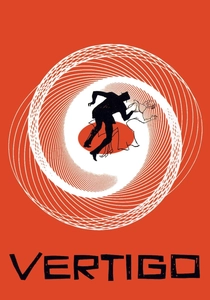
Vertigo (1958)
Description: Shares with Frenzy (1972) themes of obsession, manipulation, and psychological unraveling. Both films feature protagonists who become dangerously fixated on others, leading to tragic consequences.
Fact: Vertigo was a box office failure upon release but is now considered one of the greatest films ever made. The famous dolly zoom effect was invented for this film to simulate vertigo. Kim Novak initially refused the role, saying she didn't understand the character.
 Watch Now
Watch Now 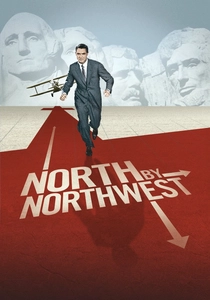
North by Northwest (1959)
Description: Similar to Frenzy (1972) in its blend of suspense and dark humor, featuring an ordinary man caught up in extraordinary circumstances. Both films showcase Hitchcock's mastery of suspense and mistaken identity themes.
Fact: The crop-duster scene was filmed in a remote area where no planes could be seen, requiring precise timing. Cary Grant's character was originally supposed to be named Roger Thornhill, but Grant suggested keeping his own initials. The Mount Rushmore finale was actually shot on a studio replica due to National Park restrictions.
 Watch Now
Watch Now 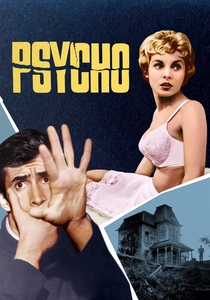
Psycho (1960)
Description: Similar to Frenzy (1972) in its exploration of psychological terror and the theme of a charming yet dangerous antagonist. Both films delve into the darker aspects of human nature and feature suspenseful narratives that keep the audience on edge.
Fact: Psycho was initially met with mixed reviews but is now considered one of Hitchcock's masterpieces. The famous shower scene took seven days to shoot and features 77 different camera angles. It was one of the first films to show a toilet flushing on screen.
 Watch Now
Watch Now 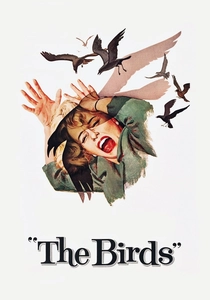
The Birds (1963)
Description: Shares with Frenzy (1972) the theme of inexplicable violence and the breakdown of social order. Both films create a sense of dread and unpredictability, with nature or human nature turning against the protagonists.
Fact: The Birds was inspired by a real-life event in California where seabirds acted strangely due to toxic algae. Hitchcock used real birds as much as possible, leading to some dangerous situations on set. The film has no musical score, relying entirely on natural sounds and electronic bird noises.
 Watch Now
Watch Now 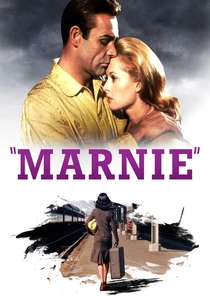
Marnie (1964)
Description: Like Frenzy (1972), Marnie deals with themes of sexual repression, psychological trauma, and criminal behavior. Both films feature complex female characters and explore the darker aspects of human psychology.
Fact: Sean Connery took the role to break away from his James Bond image. The film was controversial for its time due to its themes of sexual dysfunction. Hitchcock originally wanted Grace Kelly to come out of retirement for the lead role.
 Watch Now
Watch Now 
